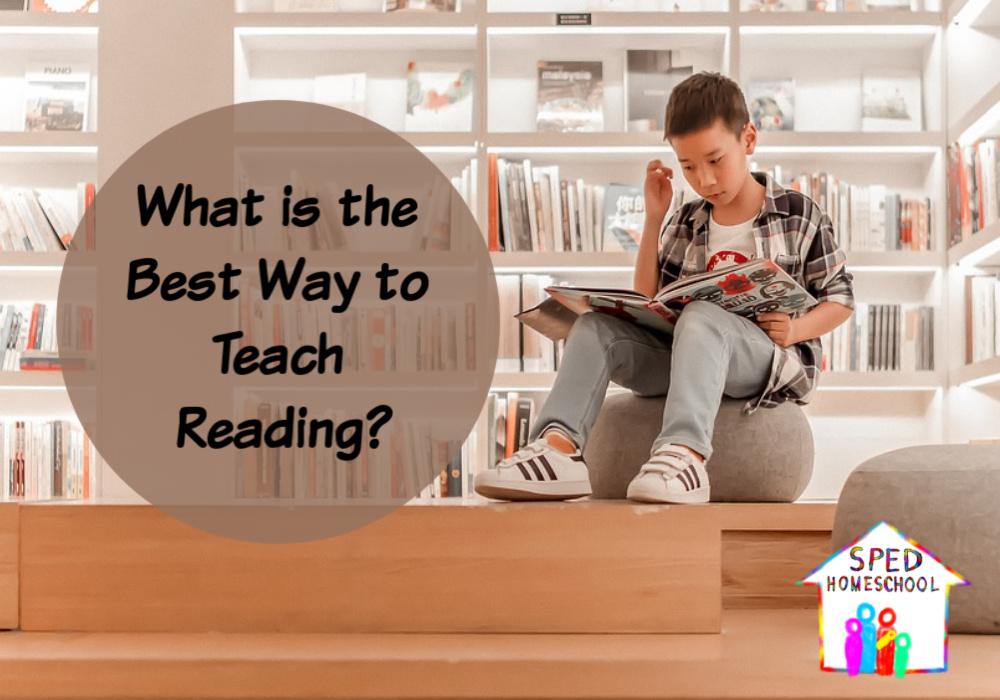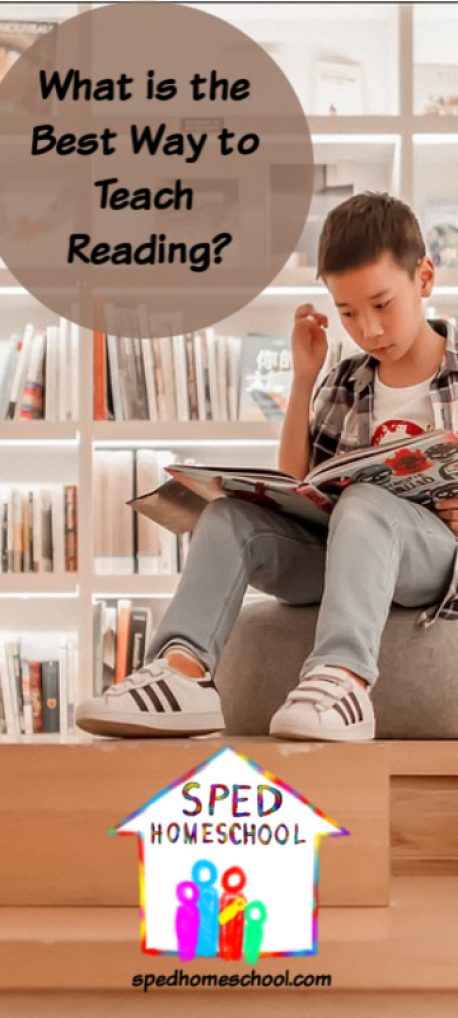
Jan Bedell, PhD, Master NeuroDevelopmentalist
The controversy, almost hostile conflict, over the best way to teach reading has been waged for decades. The pendulum seems to swing to one side or the other to an extreme. When the extreme is reached on either side of the issue, many children struggle to read and the pendulum swings back in the other direction. If you are a homeschool teacher of young children, chances are very good that phonics is your go-to approach. A conviction that phonics is basically the ONLY way to teach reading leaves many parents purchasing one phonics program after another to no avail. Maybe your current phonics program is failing to produce the reading level that you desire or maybe it worked for other children in the family but not for this particular child. Sound familiar?
Many years ago, when I was in elementary school, reading instruction was a whole word approach. I know that method works as I got through college on the Dean’s List. My first job after graduation was teaching kindergarten where phonics was required. I learned right along with the children and find it very helpful in decoding unknown words to this day.
Don’t get me wrong, I love, love, love phonics as a way of teaching reading! I “taught” both of my girls to read in our homeschool with an intense phonics program. Actually, I successfully taught one of my girls to read with phonics and the other one struggled to read anything past a three-letter-word even though she mastered all 70 phonograms in isolation. I was perplexed, to say the least!
“Many families have been helped with the alternate approach to teaching reading. Children’s belief in themselves as readers has been restored with this different approach. “
I discovered that there are prerequisites to reading in general and for phonics specifically. One of those prerequisites is good auditory processing. Phonics is an auditory approach to reading. You have to hold pieces of information in sequential order and sometimes even a rule together in your short-term memory to decode the word. The capacity to hold auditory sequential pieces of information together is called your auditory processing ability. Without good auditory processing, phonics is a painful, frustrating and often an ineffective way to learn to read. The good news is that with practice, a person’s auditory processing can be raised and then phonics can be successful. An individual needs a strong level 5 or better yet, a 6 auditory digit span for phonics to work well. To get a free test kit to discover processing levels for your family members go to www.LittleGiantSteps.com. This information will give you a clue as to whether low processing is a root cause of an individual’s reading struggle.
If your child’s auditory processing is low and reading recognition, as well as reading comprehension, are a challenge, a sight word approach to reading may be helpful. I know the following statements are almost heresy in the homeschool community, but let me ask you a question. Do you sound out each word when you read? No, absolutely not. After you learn a word, you never sound it out again as it would be to slow and laborious.
Many families have been helped with the alternate approach to teaching reading. Children’s belief in themselves as readers has been restored with this different approach.
- While you are working on the child’s auditory processing for two minutes twice a day, teach “sight words” by flashing cards and telling the child what the word is.
- You can also read a sentence and have the child read the same sentence after you. This is called Echo Reading and is a temporary but very effective approach to building reading confidence!
So how do you square up your belief that phonics is the best way to teach reading with this new information? Simple, as soon as your child’s auditory processing is at a level to handle phonics, go back to the phonics approach. In the meantime, your child has developed a really good sight word vocabulary and will feel encouraged by a new ability to read. The best of both worlds is now achieved! Your child has a head-start on identifying a word immediately and then will master an ability to phonically decode unknown words.
If a phonics approach or the sight word approach is not effective in teaching a child to read, one must explore other root causes by looking at how the eyes are working or where information is being stored in the brain. For more information about The NeuroDevelopmental Approach to reading struggles, go to www.BrainCoachTips.com or Brain Coach Tips channel on YouTube and search “reading”.

